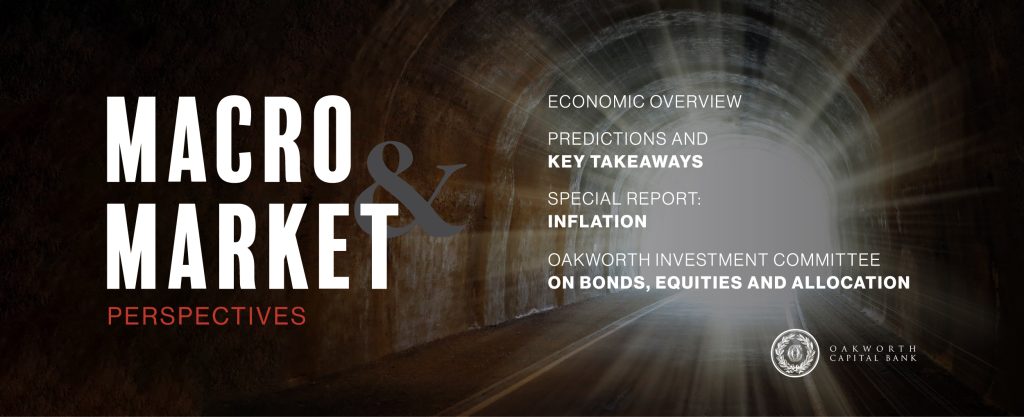BANKS
By the end of the quarter, investors were worrying about the health of the banking system. After all, higher interest rates mean lower bond prices, and banks own a lot of bonds
BALANCE SHEETS
There is an old saying in the investment industry: “When the tide goes out, you find out who’s been swimming naked.” You could argue the 1st quarter brought us a new one: “When interest rates go up, you find out which banks haven’t managed their balance sheets correctly.”
INTEREST RATES
Everyone knows investors hate uncertainty. They also seem to hate wild swings in interest rates, and who can blame them. It is hard to invest when you can’t determine the cost of money in the financial system.
HEADLINES
Some of the headlines in the 1st quarter bordered on the bizarre. While 200-foot Chinese spy balloons and UFOs don’t have a direct impact on economic activity and earnings, they can alter investor and consumer confidence.
WAR
During the 1st quarter, the war in Ukraine turned 1 year old. Twelve months on and still no end in sight — to the point that the story largely fell off the front pages.
 LABOR MARKETS
LABOR MARKETS
The current Fed tightening cycle also turned 1 year old during the quarter. Interestingly, the labor markets remained very strong, which is unusual at this point in the cycle. As long as the economy is creating jobs, the unemployment rate remains below 4% and there are in excess of 10 million job openings, it is hard to imagine the Fed cutting rates aggressively.
OVERNIGHT RATE
The last time the Fed was as aggressive in raising the overnight rate as it was in 2022 was 1980. The University of Georgia won the national championship in football in both years. If you don’t like higher borrowing costs, blame the Bulldogs.
COMMODITY PRICES
After spiking in the first half of last year, aggregate commodity prices have steadily come down. This is due to somewhat decreased demand and continued strength in the U.S. dollar. It is hard to fathom runaway inflation when input costs are falling.
MONEY SUPPLY
After falling for the first time in at least 50 years during 2022, the M2 gauge of the U.S. money supply stabilized and flattened out during the 1st quarter. As is the case with falling commodity prices, it is hard to imagine runaway inflation when the money supply isn’t growing rapidly.
THE FEDERAL RESERVE
Thanks to the mini-bank crisis during March, the markets dramatically altered their expectations for the Federal Reserve. Prior to Silicon Valley Bank’s collapse, investors believed the Fed would keep raising the overnight rate to at least 5.75%. Less than a week later, the expectation had fallen to roughly 5.00%. Obviously, such wild fluctuations in interest rates and expectations make effective asset allocation tricky.
GEOPOLITICAL THREATS
By the end of the quarter, most Americans couldn’t ignore the obvious any longer. China is the biggest geopolitical threat to the United States. Russia’s quagmire in Ukraine has greatly impacted its global standing in a sharply negative way. The events of the past year have pushed historic frenemies Russia and China even closer together. This alliance between two of the three largest militaries could prove problematic
for the United States in maintaining its global hegemony.
For more from our Investment Committee in our 1st Quarter 2023 Macro & Market Perspectives, click the image below.



